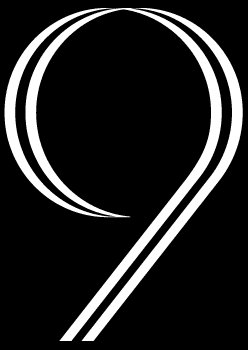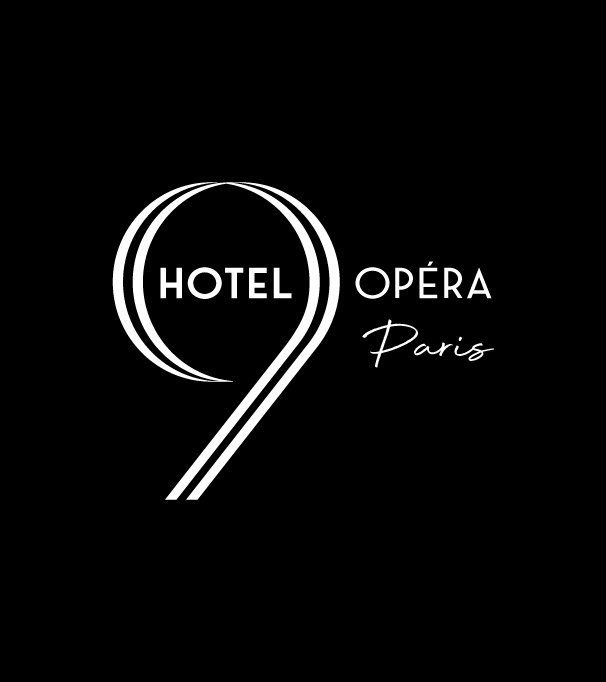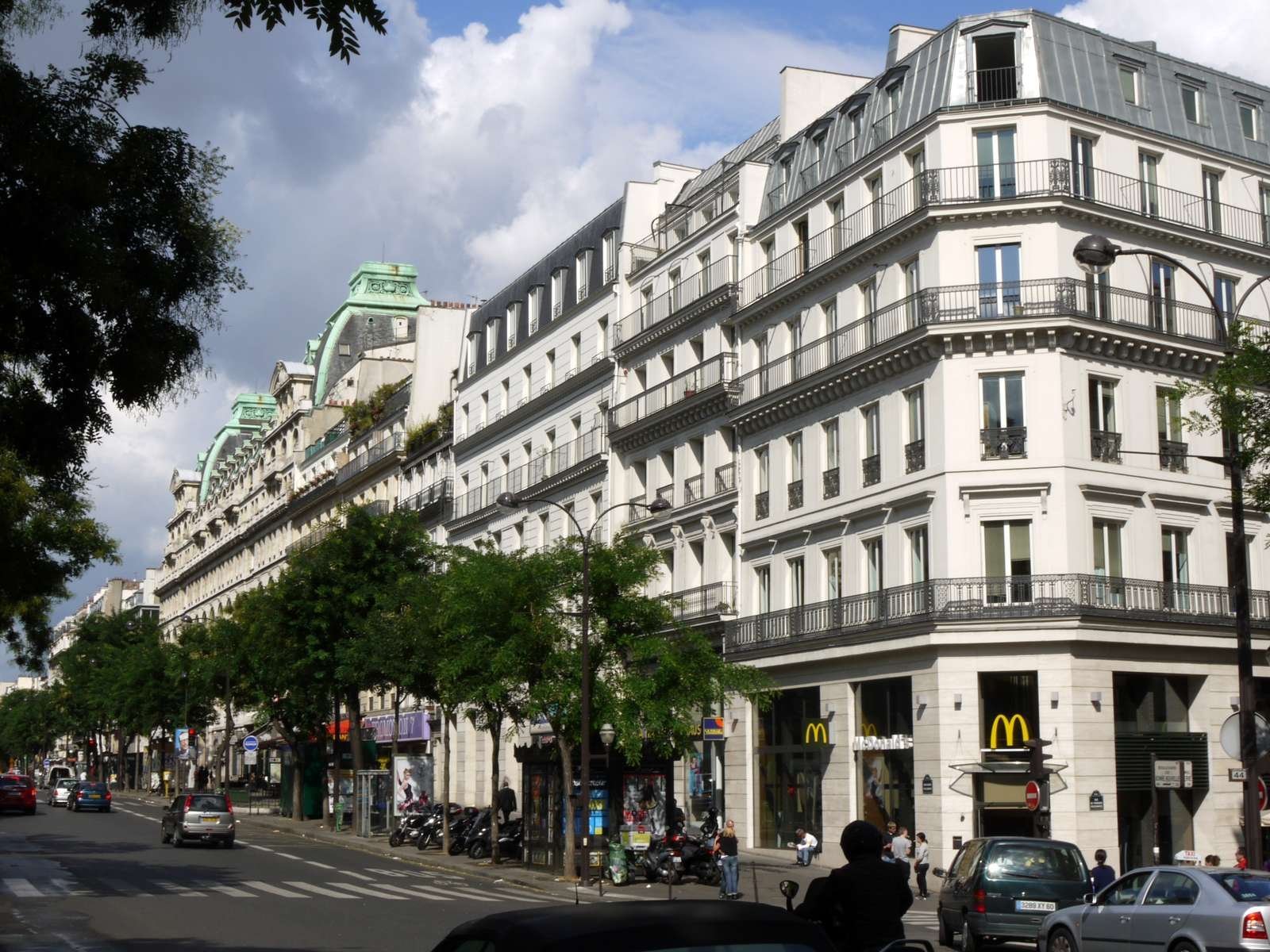The Grands Boulevards
The Grands Boulevards
9Hotel Opéra near the Grands Boulevards
 The 9 Hotel is 15 minutes on foot from the Grands Magasins
The 9 Hotel is 15 minutes on foot from the Grands Magasins
A hotspot of Parisian life, the Grands Boulevards symbolise pleasant afternoon strolls. Fall under the spell of these long, wide roads filled with shops, theatres, booksellers and passageways. Go shopping crazy at Galeries Lafayette, where you'll find all the top name brands.
History of Paris' Grands Boulevards
The iconic Grands Boulevards of Paris have a long and rich history. Built on the site of the city's former fortifications erected by Charles V and Louis XIII, they now include the Boulevards du Temple, des Filles-du-Calvaire, Beaumarchais, Saint-Martin, Saint-Denis, Bonne-Nouvelle, Poissonnière, Montmartre, des Italiens, des Capucines, and de la Madeleine. These boulevards stretch from Place de la République in the east to the Opéra Garnier in the west.
Originally forming the city's second ring of fortifications, built at the end of the 14th century from Place de la Bastille (formerly Porte Saint-Antoine) to Porte Saint-Denis and the Louvre, these defensive walls became obsolete following Louis XIV’s military victories in the late 17th century. The walls were subsequently demolished, the moats filled in, and wide avenues were created, punctuated by triumphal arches such as Porte Saint-Denis and Porte Saint-Martin, which were built where fortified gates once stood.
Festive Boulevards in the city of light
Over the centuries, the Grands Boulevards have undergone significant transformations, yet their reputation as a hub of leisure and entertainment remains unchanged. Today, both Parisians and tourists visit them for strolls, cultural experiences, and lively nights out. Interestingly, the word boulevard originates from the Dutch bolwerc, meaning a wooden fortification—a fitting name for a place that has hosted théâtres de boulevard (lighthearted comedies) for over two centuries.
These boulevards have gained worldwide fame, particularly for their farcical and dramatic theater productions. In the 19th century, Boulevard du Temple was even nicknamed Boulevard du Crime due to the melodramatic plays staged there, often featuring murder and theft. In 1817, gas lighting was introduced at Passage des Panoramas and extended to the boulevards about a decade later. Under Baron Haussmann’s grand redesign of Paris, the Grands Boulevards were expanded, becoming renowned at the turn of the 19th and 20th centuries for their nightlife, elegant entertainment, and evening promenades. The Carnaval de Paris used to parade down these boulevards, with its last grand procession taking place in 1946.
Well-placed boulevards in Paris right bank
Situated on the Right Bank of the Seine, the Grands Boulevards have counterparts on the Left Bank, such as Boulevard Montparnasse and Boulevard de Port-Royal. However, the Right Bank has always had a distinct character—more bustling and industrious. At the end of the Grands Boulevards, near the 9Hotel Opéra, stand the legendary Grands Magasins (department stores), which attract visitors year-round with their spectacular architecture, festive holiday window displays, and luxurious merchandise.
Not far from the 9th arrondissement’s town hall, the charming Passage Jouffroy begins at Boulevard Montmartre. This picturesque covered passage, with its stunning 19th-century iron-and-glass arcades, is a must-visit spot. Just steps away, the famous Musée Grévin awaits, showcasing lifelike wax figures of historical and cultural icons.
During your stay at 9 Hotel Opéra, it would be unthinkable not to visit the Grands Magasins department stores and their numerous boutiques.


